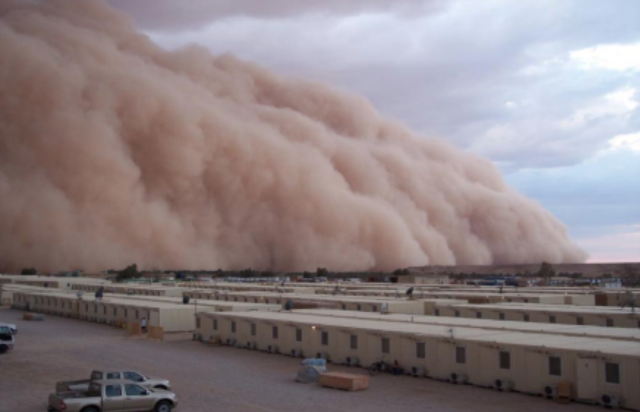Mentor
Amin Khodkar - Mechanical Engineering
Advisor
Eckard Meiburg - Mechanical Engineering
Chasing Gravity Currents: Using Analytical Model and Numerical Simulation
Interns
Elizabeth Babbitt - Mathematical Sciences
Jason Gros - Mathematical Sciences
Brett McKim - CCS Physics
Jacob Smith - Mechanical Engineering

Project Description
This project is dedicated to gravity or turbidity currents. A gravity current propagated above the floor of the ocean, namely, turbidity current, is a main source of fossil fuels, and for this reason tracking them there, and finding their exact locations is one of the major interests of oil companies these days. In order to reach to this goal, studying the physical properties of gravity currents, such as their density distribution, their height and their velocity looks necessary. Our lab is in charge of doing different projects involved fluid dynamics, but in particular, I'm working on turbidity flows. We can call these flows, gravity and particle-laden flows as well. Turbidity currents are sediment-driven flows in lakes or in the ocean ('underwater avalanches') which propagate along the seafloor due to the density difference caused by the suspended particles. Turbidity currents represent a large-scale geophysical flow phenomenon that plays an important role within the global sediment cycle, and in the formation of deep-sea hydrocarbon reservoirs. Turbidity currents can be maintained for hours or even days, transport many km3 of sediment, and propagate over distances up to 1,000km or more. The sediment deposits generated by these currents, known as turbidites, extend over tens or even hundreds of kilometers along the bottom of the ocean, and they frequently are hundreds of meters deep. The interaction between turbidity currents and their deposits via erosion and deposition results in the formation of pronounced topographical features on the seafloor, such as channels, gullies, levees and sediment waves. Due to the infrequent and unpredictable occurrence of turbidity currents in remote areas, and their destructive nature, field data regarding their structure and evolution are very difficult to obtain. Consequently, in addition to laboratory experiments, high-resolution simulations have become an important tool for the exploration of their dynamics.
This research mainly focuses on numerical simulations of these currents via the solution of the Navier-Stokes and sediment transport equations. Toward this goal, a very convenient and comprehensive code (written in C) called TURBINS has been developed that allows us to investigate the interaction of turbidity currents with different complex, two or three-dimensional seafloor topography. TURBINS has been validated against available numerical and experimental results in the literature, and it exhibits good and fairly fast performance. It provides us with a numerical tool for quantifying the flow field properties and sedimentation processes, such as energy transfer, dissipation, and wall shear stress, which are difficult to obtain experimentally. By benefiting these simulations, we hope to understand the underlying physics and processes related to the formation and deposition of particles due to the occurrence of turbidity currents.
Project Files
